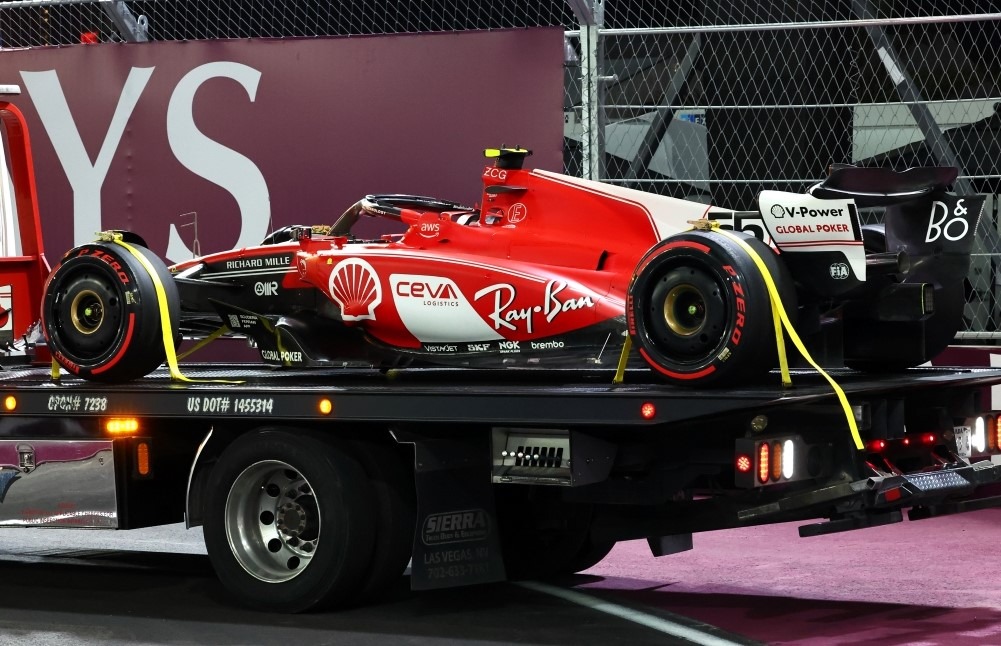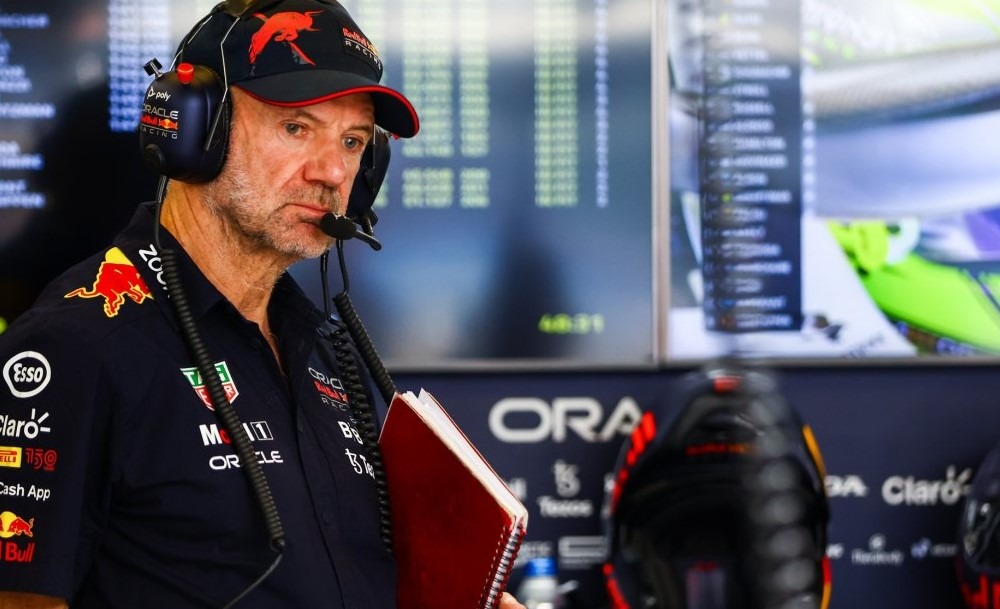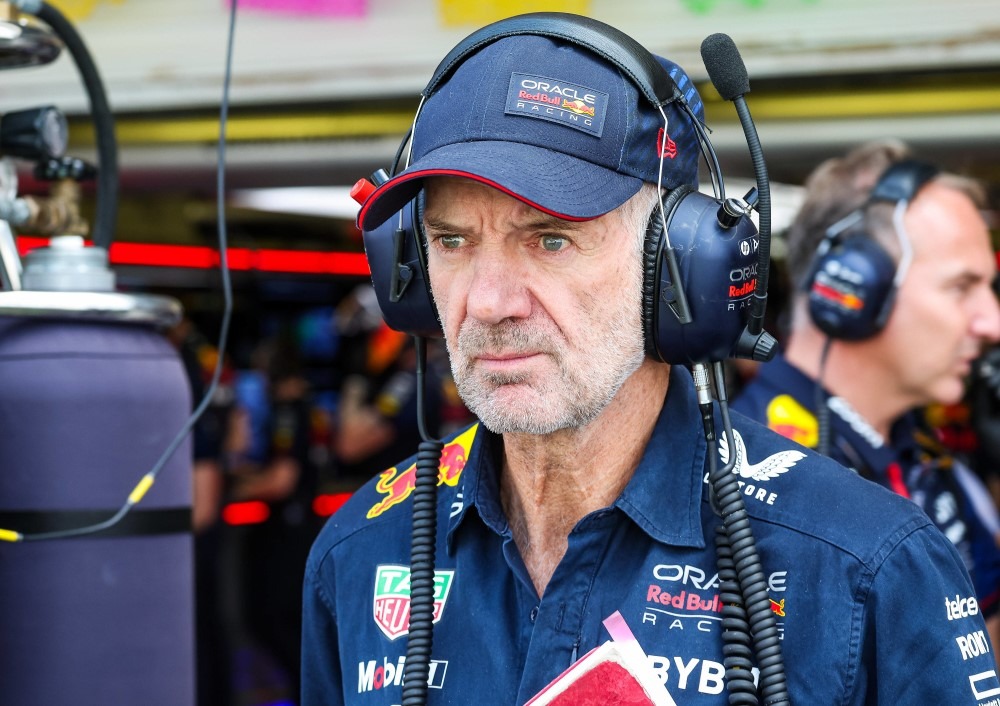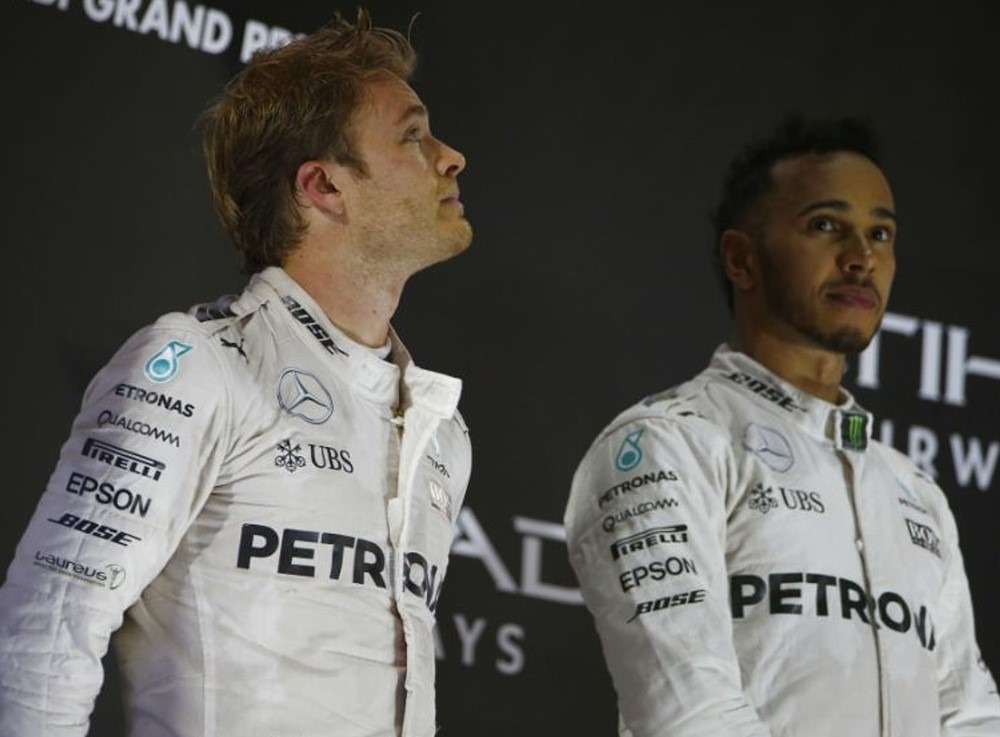Ferrari will hold private talks with the Las Vegas Grand Prix’s stakeholders over compensation for the damage Carlos Sainz’s car sustained during the first practice session, according to Fred Vasseur.
Ferrari Team boss Fred Vasseur disclosed that he will be communicating with the Las Vegas Grand Prix in regards to compensation for Carlos Sainz’s FP1 incident.
Sainz’s car sustained significant damage after he ran over a loose manhole cover during the opening stages of the fifirst practice session at the Las Vegas Strip Circuit, which lasted only eight minutes.
The concrete frame of the valve cover was ripped off the manhole by the car’s sheer force, severely damaging the SF-23’s power unit, control electronics, energy store and the chassis as a whole.
In response to the incident, the first practice session had to be called off as the track was thoroughly inspected. Practice 2 was held after several hours of delay, with no grandstand spectators allowed. As a result, 35,000 single-day ticket holders filed a class action lawsuit against the Las Vegas GP promoters.
The SF-23’s chassis, power unit, and battery had to be replaced by Ferrari as soon as possible to get Sainz back in action for the weekend.
Ferrari’s predicament got even worse when Sainz, who qualified second behind teammate Charles Leclerc, was handed a 10-place grid penalty for installing a new power unit. This happened because the sporting regulations do not permit the stewards to waive the sanction in the event of a force majeure.
The situation infuriated Scuderia boss Fred Vasseur, who is considering holding talks with Formula 1, which is the race promoter for compensation over the expenses the team incurred as a result of the water valve incident.
“This will be a private discussion that I will have with the stakeholders of this,” said Vasseur.
This is not the first incident involving a F1 car hitting a drainage cover after Romain Grosjean’s Haas suffered severe damage from striking a loose drain cover during the 2017 Malaysian Grand Prix. Eventually, the team and the Sepang organizers came to a financial compensation agreement.
In addition to the sporting bias Ferrari faced in Las Vegas, the team’s budget cap was also compromised by the financial impact the team had to endure, which included having to prepare and ship a spare chassis to Abu Dhabi in time for this week’s season finale at Yas Marina.
“There is no provision in the budget or cost cap, for excluding the crashes,” added the Ferrari boss. “For sure you have a lot of extra costs.
“The loom was damaged, the gearbox was damaged, the battery was damaged, the engine is dead.
“We have a lot of consequences on the financial side, on the sporting side, and even on the stock of spare parts, and on the budget side for sure it’s not an easy one.
“There will be discussion. The decision, it’s another thing.”
Speaking about the way last Thursday’s incident was handled, Vasseur said he was also willing to speak to F1 about it as well.
He pointed out that the red flag was only raised a minute after the yellow flag was out after marshals noticed the water valve cover had come loose on the track after making contact with Sainz’s car.
“We’d have to discuss about the circumstances of the incident also,” he said. “Because it’s not just about the cover coming out, it’s also for me that we had one minute between the yellow flag and the red flag.
“It means that when they put the yellow flag that they saw something on track,” Vasseur said. “And they took one minute before they put the red flag. I think it’s too much.
“The main issue for me on this case is that when you put the first yellow flag it means that you saw something, you don’t put the yellow flag by anticipation,” Vasseur argued.
“It means that the guy who put the yellow flag, and put the yellow flag also on my board, which is coming from the race control.
“It means that they saw something and then they took one minute before they put the red flag, when it’s the straight line, and you have a metallic part, and you are at 340 kph.”
When asked if the teams were aware that there was an object on the track, Vasseur said, “No, no, they didn’t.”




